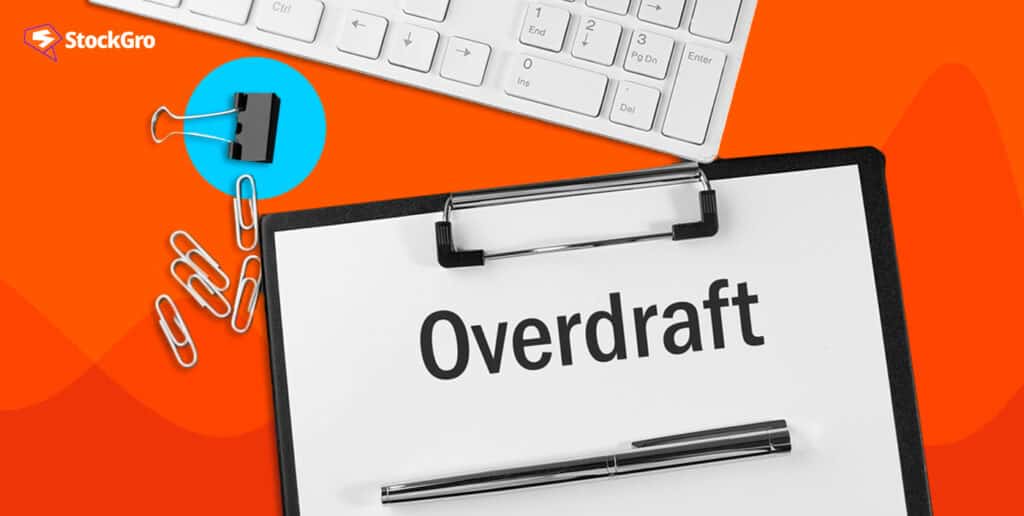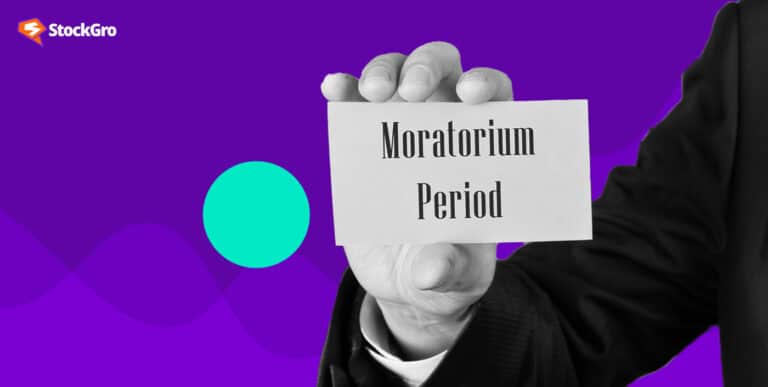
Knowing the ins and outs of different types of credit can change the game in the ever-changing world of finance. One such facility that has been gaining popularity is the overdraft facility. Despite its relative obscurity, this financial instrument possesses considerable potential for impactful application. Due to its adaptability, ease, and reliability, it can be a godsend in times of financial crisis.
But what is an overdraft facility? Why is it crucial to comprehend how it operates? And how exactly does it work? This article will explore these questions in depth, providing a better understanding of overdraft facilities and their function in personal finance.
What is a personal loan?
Personal loans are a kind of unsecured loan that individuals can get from financial institutions like banks. In contrast to secured loans, which require collateral, personal loans are granted based on your creditworthiness. When deciding whether or not to grant you a loan, the lender takes your income and credit history into account.
Many different things can be funded with a personal loan. Some borrowers use them to pay off multiple high-interest loans (like credit card balances) with a single, more manageable payment. A wedding, home renovation, or unexpected medical expense are examples of big, one-time expenses that some people might use them for. In addition to that, you can use them to fund a trip, buy expensive stuff, or even launch a small business.
Many people find personal loans appealing because of their flexibility. However, it’s important to remember that they require interest-bearing repayment, just like any other loan. For this reason, before asking for a personal loan, you should ensure that you can repay it within the specified period by reading the terms diligently.
Also read: Debt instruments in India: Understanding your investment options
What is an overdraft facility?
An overdraft facility enables an account holder to access funds beyond their balance through a credit agreement with their bank. In a way, it’s like a short-term loan that the bank gives you as a safety net when your funds run out.
An “overdraft” occurs when an account holder uses an overdraft facility, causing their account balance to fall below zero. Until the account balance is restored, the bank will deduct interest from the overdrawn amount, which is usually computed daily.
Here are some key features of a bank overdraft facility:
- Flexibility: Repayment of an overdraft is flexible. In contrast to loans, which usually have fixed schedules, overdrawn amounts can be repaid at any time.
- Interest calculation: Only the amount that has been overdrawn is subject to interest charges, not the total limit of the overdraft facility.
- Emergency fund: You can use an overdraft facility to cover unforeseen costs, just like an emergency fund.
- Overdraft limit: In most cases, a customer’s creditworthiness and length of time with a particular bank will dictate the overdraft limit.
- Charges: An annual fee is typically levied by banks for the provision of overdraft facilities.
- Automatic repayment: Overdrafts are automatically repaid once the funds are deposited into the account.
Comparing personal loans and overdraft facilities
| Personal loan | Overdraft facility | |
| Purpose | Specific purposes like home renovation, education, vacation | Flexible, can be used for any purpose |
| Loan disbursal | All of the funds from the loan are released simultaneously. | Withdrawals up to the authorised limit can be made whenever necessary. |
| Interest calculation | Starting from the day the loan is disbursed, interest is charged on the entire amount. | Interest is solely applied to the amount that has been used. |
| Interest rate | The interest rate on a personal loan is typically more reasonable than an overdraft. Many variables, such as the total amount borrowed and the loan length, determine the interest rates. | Although higher, the overdraft facility interest rate can be more cost-effective if you only need funds for a short period. |
| Repayment | Fixed repayment schedule with EMIs | More flexibility in repayment |
Also read: Debt management: Advanced strategies for paying off debt quickly
Personal loan overdraft facility
Combining the best aspects of personal loans with overdraft facilities creates a novel financial product called a personal loan overdraft facility. It functions similarly to an overdraft facility in that borrowers can withdraw funds up to a specific limit as needed. The limit is determined by the amount of a pre-approved personal loan, which differs from a typical overdraft.
How to apply for an overdraft facility?
Applying for an overdraft facility involves a structured process. Here’s a step-by-step guide:
Check eligibility:
Verifying that you are eligible is the initial step in the process. A minimum age, steady income, and excellent credit score are some of the requirements that may be in place.
Gather necessary documents:
Specific documents are required when you apply for an overdraft. Typical examples of such documents include government-issued photo IDs, utility bills, lease agreements, or pay slips or tax returns that attest to your income and residency.
Visit the bank or apply online:
You have two options when applying for an overdraft: either visit your local branch or use the bank’s website. It is recommended that you call in advance and schedule an appointment if you intend to visit the bank in person.
Fill out the application form:
Make a formal request to the bank to apply for the overdraft facility. This form will ask for personal information like name, address, phone number, and email, as well as financial details like job title, salary, and spending habits.
Submit the application form:
Once finished, you can submit your application and any necessary supporting documents. Then, the bank will review your application.
Credit assessment:
The bank will run a credit check to determine your creditworthiness. This process involves looking at your credit score, income and expenses, and any other debts you may have.
Approval and activation:
The bank will activate the overdraft feature on your account once they approve your application. You will be notified of the facility’s fees, interest rate, and overdraft limit.
Using the overdraft facility:
The overdraft facility can be used once activated. Your ability to withdraw funds from your account is limited by your overdraft limit. Keep in mind that the amount you overdraw will incur interest charges.
Repayment:
You can repay the overdraft whenever you choose. However, remember that interest will accumulate on the principal in proportion to the time it takes to repay it.
Further reading: Unlocking prosperity: The transformative power of financial literacy
Bottomline
Knowing the ins and outs of various forms of credit, such as personal loans and overdraft facilities, can be crucial in today’s dynamic financial market. Thanks to its convenient and versatile features, you can enhance your financial tools with the help of a personal loan overdraft facility. However, similar to other financial instruments, it does have its challenges and obstacles.
So, be well-informed before applying for any loan, overdraft, or hybrid personal loan overdraft. Arm yourself with accurate information and take stock of your requirements, and then make educated choices. After all, attaining financial success requires judicious borrowing and spending, in addition to prudent earning.

